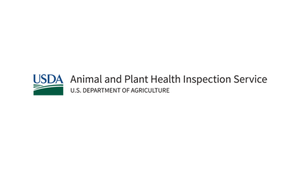New USDA video series highlights feral swine damage
First three videos include accounts of swine damage to farms, ranches and levee systems.
April 8, 2021

The U.S. Department of Agriculture (USDA) invites you to watch the new video series Feral Swine in America, which chronicles the impacts of feral swine damage on American livelihoods and ecosystems through personal stories. Listen to farmers, ranchers, land managers, conservationists, and others as they describe their experiences dealing with feral swine damage to agriculture and natural resources.
“We wanted to highlight how diverse and widespread feral swine damage can be. So, we reached out to ordinary people in Mississippi, Oklahoma and Texas to share their personal stories,” stated Dr. Dale Nolte, national manager of the APHIS National Feral Swine Damage Management Program. The USDA’s Animal and Plant Health Inspection Service (APHIS) partnered with MODOC Stories to create the video series.
To date, the series includes three short videos ranging in topics from feral swine damage to farms, ranches, and levee systems to archaeological sites, native wildlife, and natural resources. To view the free videos, please visit APHIS’ Feral Swine in America YouTube site.
Future episodes will highlight feral swine damage management and removal efforts and impacts to endangered species in California and Georgia.
The APHIS National Feral Swine Damage Management Program was established in 2014 with the overarching goal to protect agriculture and natural resources, property, animal health, and human health and safety by managing damage caused by feral swine in the U.S. and its territories. To accomplish this goal, APHIS is working in cooperation with states, tribes, other federal agencies, universities, organizations, the public, and other stakeholders. APHIS also collaborates with Canada and Mexico to support border activities and facilitate an informational exchange on feral swine disease monitoring and control activities. It is estimated that feral swine cause more than $1.5 billion annually in damage and management costs nationwide.
You May Also Like



